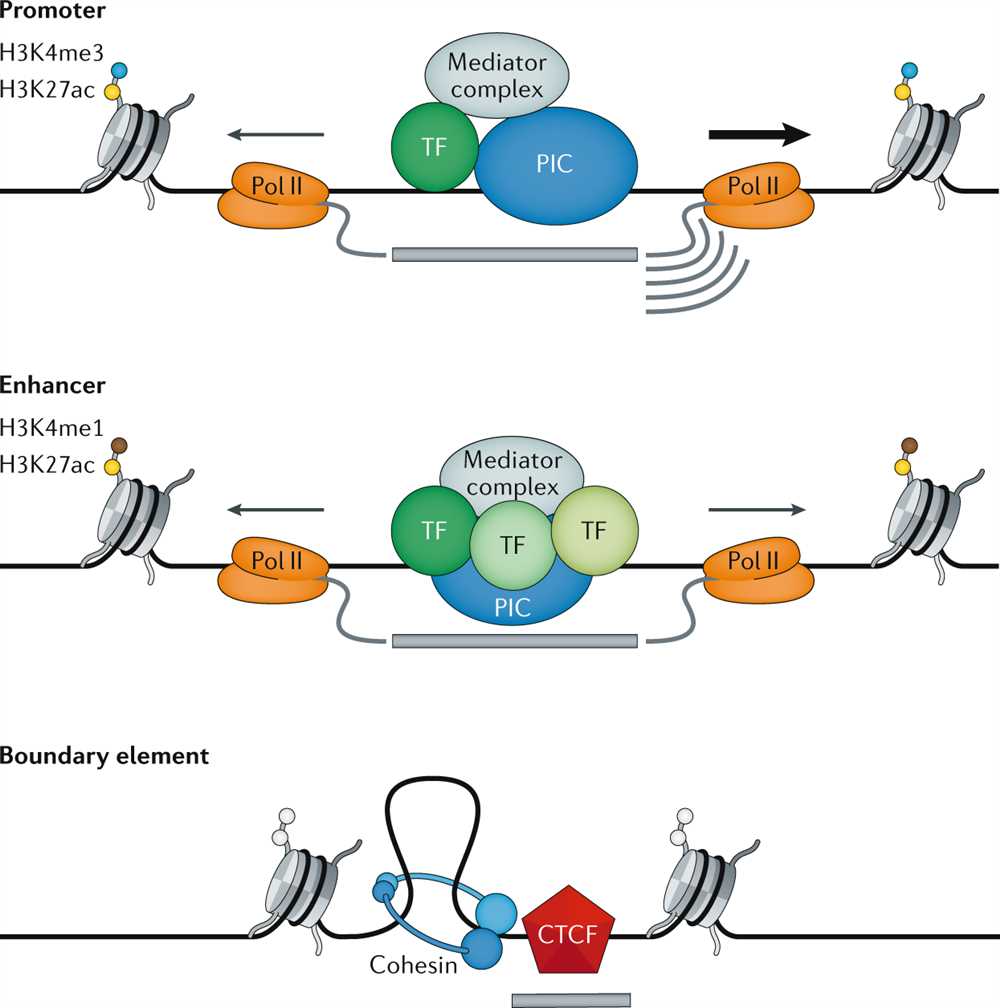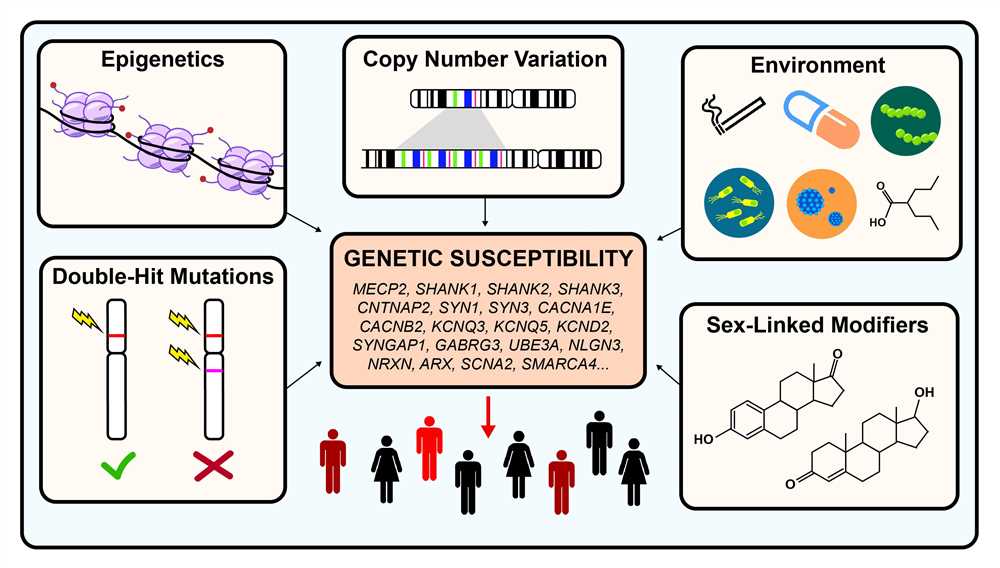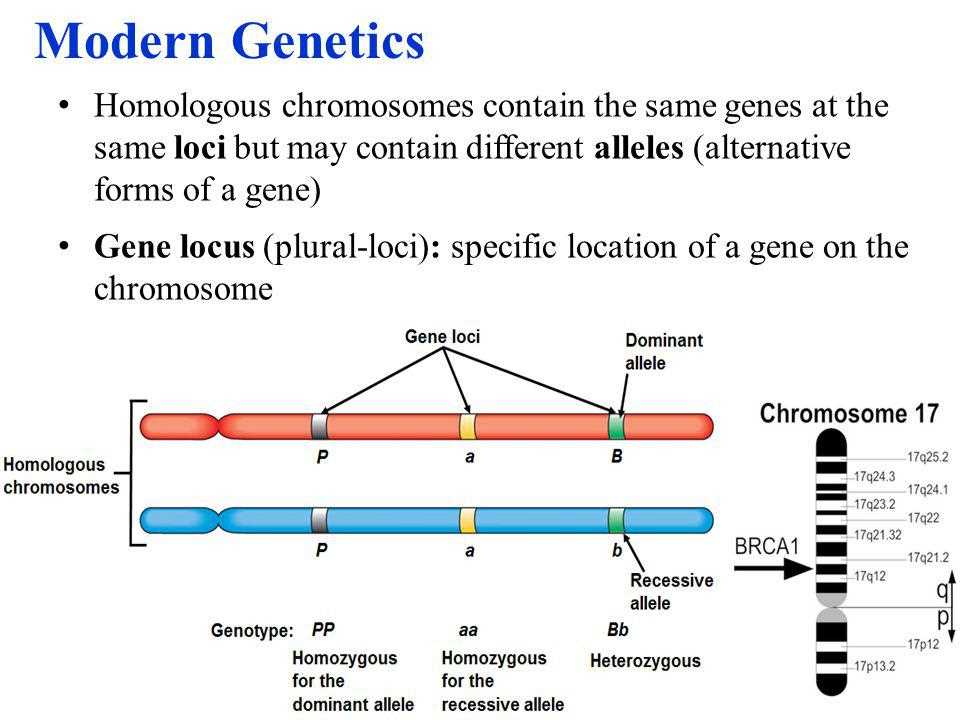
Genetics is a fascinating field of study that explores how traits are passed down from one generation to the next. With its complex concepts and terminology, understanding genetics can be challenging for many. In this genetics review, we aim to provide comprehensive answers to some of the most common questions about genetics, breaking down the topics in a way that is accessible and easy to grasp.
One of the fundamental questions in genetics is how traits are inherited. We delve into the intricacies of Mendelian genetics, explaining how genes are passed down from parents to offspring, and the different patterns of inheritance, such as dominant and recessive traits. We also explore the role of alleles, genetic variations that determine the expression of traits, and the concept of punnett squares, a valuable tool for predicting the likelihood of certain traits in offspring.
As our understanding of genetics has advanced, we have come to appreciate the impact of genetic mutations and their role in the development of genetic disorders. From inherited conditions like cystic fibrosis to the role of mutations in cancer, we address the importance of genetic testing and counseling in identifying and managing genetic conditions. We also explain the concept of genetic engineering, discussing the potential benefits and ethical considerations surrounding this controversial practice.
Understanding Genetics: Key Concepts and Definitions
The field of genetics plays a crucial role in understanding the inheritance and variability of biological traits. It explores the mechanisms by which genes are passed from parents to offspring, and how variations in genes contribute to the diversity of organisms. To grasp the fundamental principles of genetics, it is important to familiarize oneself with key concepts and definitions in this field.
1. DNA:
DNA, or deoxyribonucleic acid, is the molecule that carries the hereditary information in all living organisms. It is composed of nucleotides, which are made up of a sugar molecule (deoxyribose), a phosphate group, and a nitrogenous base (adenine, thymine, guanine, or cytosine). DNA is organized into structures called chromosomes, which contain genes.
2. Gene:
A gene is a segment of DNA that carries the instructions for the production of a specific protein or functional RNA molecule. Genes determine the traits and characteristics of an organism, such as eye color, height, and susceptibility to diseases. They can exist in different versions called alleles, which contribute to genetic diversity.
3. Genotype and Phenotype:
The genotype refers to the collection of genes that an individual possesses. It represents the genetic blueprint of an organism and determines its potential traits. The phenotype, on the other hand, is the observable physical or biochemical characteristics of an organism resulting from the expression of its genes in interaction with the environment. Genotype and phenotype are interconnected but distinct concepts in genetics.
4. Inheritance Patterns:

Genetic traits are passed from parents to offspring according to specific inheritance patterns. These patterns include dominant inheritance, where a single copy of a dominant allele is sufficient to express a trait; recessive inheritance, where two copies of a recessive allele are required for the expression of a trait; and co-dominant inheritance, where both alleles contribute to the phenotype. Other inheritance patterns include X-linked inheritance, mitochondrial inheritance, and polygenic inheritance.
5. Genetic Variation:
Genetic variation refers to the diversity of genes and alleles within a population. It is a result of genetic mutations, recombination events during sexual reproduction, and natural selection. Genetic variation is essential for the adaptation and evolution of species and can influence their susceptibility to diseases and their response to environmental changes.
By gaining a solid understanding of these key concepts and definitions, individuals can delve deeper into the fascinating world of genetics and appreciate the intricate mechanisms that underlie the inheritance and diversity of life.
The Structure of DNA: Unraveling the Genetic Code

The discovery of the structure of DNA was a groundbreaking moment in the field of genetics, unraveling the genetic code that forms the basis of life. The structure of DNA, which stands for deoxyribonucleic acid, was first described by James Watson and Francis Crick in 1953, for which they were awarded the Nobel Prize in Physiology or Medicine in 1962.
DNA is a double-stranded molecule, resembling a twisted ladder or a spiral staircase. Each strand is made up of a long chain of nucleotides, which consist of a sugar molecule (deoxyribose), a phosphate group, and one of four nitrogenous bases: adenine (A), guanine (G), cytosine (C), and thymine (T). The backbone of the DNA molecule is formed by the sugar-phosphate groups, while the base pairs connect the two strands, with A pairing with T and G pairing with C.
This double-helix structure of DNA plays a crucial role in storing and transmitting genetic information. It allows for the replication of DNA during cell division, ensuring that each new cell receives an identical copy of the genetic code. It also serves as a template for the synthesis of RNA, which is responsible for translating the genetic information into proteins, the building blocks of life.
The unraveling of the genetic code through the understanding of DNA’s structure has revolutionized the fields of genetics and molecular biology. It has allowed scientists to study and manipulate the genetic material, leading to advancements in various areas, such as medicine, agriculture, and forensic science. Understanding the structure of DNA has provided a foundation for further research and exploration of the complexities of the genetic code, ultimately contributing to our understanding of life itself.
Mendelian Genetics: Inheritance Patterns in Offspring
Mendelian genetics, based on the work of Gregor Mendel, provides a fundamental understanding of inheritance patterns in offspring. Mendel’s experiments with pea plants revealed the existence of discrete units of inheritance, which he called genes. These genes are passed from parents to their offspring and determine various traits.
The principles of Mendelian genetics can be summarized through three main inheritance patterns: dominant inheritance, recessive inheritance, and co-dominant inheritance. In dominant inheritance, a trait is expressed when an individual has even one copy of the dominant allele. For example, if a child receives a dominant allele for brown eyes from one parent and a recessive allele for blue eyes from the other parent, they will have brown eyes.
In recessive inheritance, a trait is only expressed when an individual has two copies of the recessive allele. For example, if both parents carry a recessive allele for red hair, their child will have red hair. Recessive traits can be “carried” without being expressed, as individuals with one copy of the recessive allele are known as carriers.
Co-dominant inheritance
In co-dominant inheritance, both alleles for a trait are expressed in the phenotype. For example, in the case of blood types, if an individual has a genotype with both A and B alleles, their blood type will be AB. This is in contrast to dominant and recessive alleles, where one allele dominates or is suppressed.
Understanding these inheritance patterns is essential in predicting the likelihood of passing on specific traits to offspring. By analyzing the genotypes of parents, geneticists can make predictions about the probability of their offspring inheriting specific phenotypic traits. Mendelian genetics remains a foundational concept in the broader field of genetics and has paved the way for further discoveries in the study of inheritance and heredity.
Genetic Variation: Exploring the Diversity of Genes
Genetic variation is a fundamental concept in the field of genetics that refers to the diversity of genes within a population. It is the result of the combination of different alleles, or variations of a gene, that exist in individuals of a species. These genetic variations can manifest in various ways, ranging from differences in physical traits, such as eye color or height, to variations in susceptibility to diseases or responses to certain medications.
One significant source of genetic variation is mutations. Mutations are changes in the DNA sequence of a gene and can occur spontaneously or as a result of external factors such as exposure to certain chemicals, radiation, or viruses. Mutations can create new genetic variations by introducing new alleles or altering the existing ones. Some mutations may be detrimental and result in the development of genetic disorders, while others can be advantageous and provide individuals with certain survival advantages in specific environments.
Another important mechanism that contributes to genetic variation is genetic recombination. During sexual reproduction, genetic material from two parents is combined, creating unique combinations of alleles in their offspring. This process, known as crossing over, occurs during the formation of reproductive cells (gametes) and leads to the exchange of genetic material between chromosomes. As a result, each gamete produced is genetically distinct, contributing to the overall genetic variation in a population.
Understanding and studying genetic variation is crucial in several fields, including evolutionary biology, medicine, and agriculture. By exploring the diversity of genes within a population, researchers can gain insights into the mechanisms behind the development of certain diseases, the adaptation of species to changing environments, and the breeding of crops with desired traits. Furthermore, genetic variation plays a key role in the success of populations, as it provides the necessary genetic flexibility to respond to changing conditions and increase the chances of survival and reproduction.
In conclusion, genetic variation is a complex and fascinating phenomenon that allows for the diversity of genes within a population. It is driven by factors such as mutations and genetic recombination, and it plays a crucial role in shaping the characteristics and adaptability of individuals and populations. By exploring and understanding genetic variation, researchers can unlock valuable insights into the genetic basis of various traits and diseases, ultimately leading to advancements in fields such as medicine and agriculture.
Genes and Human Disease: How Genetics Influence Health

Genes play a crucial role in determining an individual’s health and susceptibility to various diseases. Every person inherits a set of genes from their parents, and these genes provide instructions for building and maintaining their body. Certain genetic variations or mutations can contribute to the development of diseases, while others may offer protection against them.
One example of how genetics influence health is through the inheritance of genetic disorders. Genetic disorders are caused by mutations or changes in specific genes, and they can lead to a wide range of health conditions. These disorders can be passed down from parents to their children, and the likelihood of inheriting a genetic disorder depends on the specific gene and the inheritance pattern. Conditions such as cystic fibrosis, sickle cell anemia, and Huntington’s disease are examples of genetic disorders that can significantly impact an individual’s health.
Additionally, genetic variations can also influence a person’s risk of developing common diseases, such as heart disease, diabetes, and cancer. Certain genetic variations may increase the likelihood of developing these diseases, while others may provide protection. Understanding these genetic variations can help identify individuals who are at a higher risk and enable early interventions or preventive measures to reduce the chances of disease development.
Genetic testing has become an essential tool in identifying individuals at risk for genetic disorders or common diseases. By analyzing a person’s DNA, genetic tests can detect mutations or variations that may increase susceptibility to certain conditions. This information can guide healthcare professionals in designing personalized treatment plans, implementing preventive measures, or offering genetic counseling to individuals and their families.
In summary, genes play a crucial role in determining an individual’s health and susceptibility to various diseases. Inherited genetic disorders and variations can significantly impact a person’s well-being and increase their risk of developing certain conditions. Genetic testing is an important tool in understanding an individual’s genetic profile and enabling targeted interventions to promote health and prevent disease.
Genetic Engineering: Manipulating DNA for Biotechnological Advances
Genetic engineering refers to the manipulation of DNA to create specific changes in an organism’s genetic makeup. This revolutionary field of biotechnology holds great promise for various scientific and medical advances. By altering an organism’s genetic information, scientists can modify its characteristics, such as its appearance, behavior, or even its ability to produce certain substances.
One of the key techniques used in genetic engineering is gene editing, which allows scientists to make precise changes to the DNA sequence of an organism. This is often done using a tool called CRISPR-Cas9, which acts like a pair of molecular scissors to cut the DNA at specific locations. Once the DNA is cut, scientists can introduce desired changes by adding, removing, or replacing genetic material.
This ability to manipulate DNA has opened up countless possibilities for biotechnological advances. For example, genetic engineering can be used to create crops that are resistant to pests or diseases, leading to higher crop yields and more sustainable agriculture. It can also be used to produce pharmaceuticals and other valuable substances more efficiently, by engineering microorganisms to produce these substances in large quantities.
Furthermore, genetic engineering holds promise in the field of medicine. Scientists are exploring the use of gene therapy, which involves introducing new or modified genes into a patient’s cells to treat or prevent genetic diseases. This approach has the potential to revolutionize the treatment of genetic disorders, offering new hope for patients and their families.
However, genetic engineering also raises ethical concerns and challenges. The potential for unintended consequences and the implications of altering the genetic makeup of organisms require careful consideration. It is crucial to ensure that genetic engineering is used responsibly and safely, with proper regulation and guidelines in place.
In conclusion, genetic engineering is a powerful tool that allows scientists to manipulate DNA to create biotechnological advances. From enhancing crop productivity to developing new medical treatments, this field has the potential to significantly impact various aspects of our lives. Nonetheless, thorough ethical considerations and regulations are essential to ensure the responsible use of genetic engineering and minimize potential risks.